Forex trading involves the exchange of currencies in pairs. When you buy one currency, you sell another. For example, in the EUR/USD pair, you buy euros and sell U.S. dollars. Your goal is to profit from changes in exchange rates. Forex trading takes place 24 hours a day, five days a week, across major financial centers worldwide, providing constant opportunities for traders.
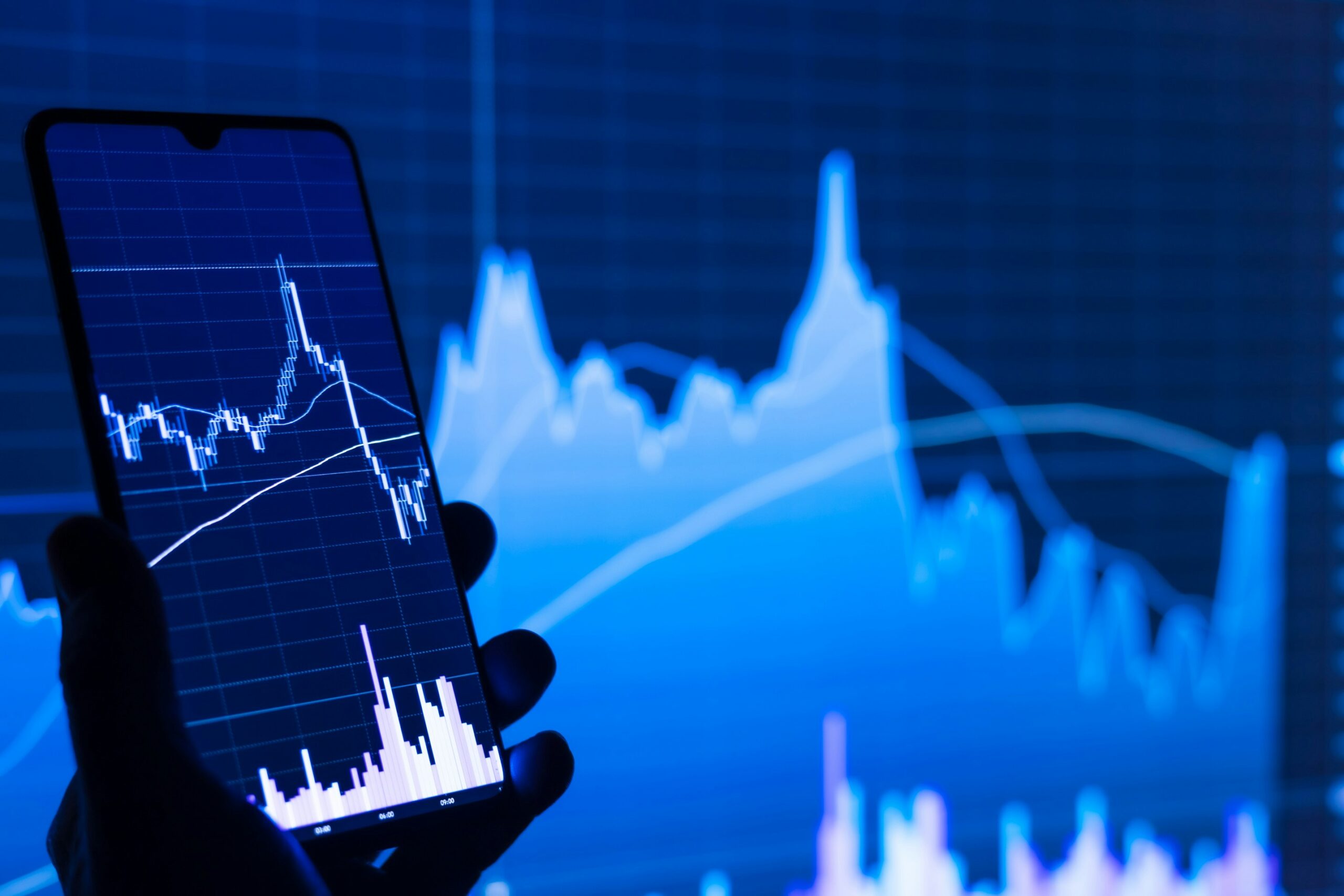

When you trade in Forex, you deal with pairs. Every trade involves two currencies — the base currency and the quote currency. The exchange rate tells you how much of the quote currency you need to buy one unit of the base. If you believe the base currency will strengthen, you go long. If you expect it to weaken, you go short.
Every Forex trade involves a base currency (the first one in the pair) and a quote currency (the second one). The price reflects how much of the quote currency is needed to buy one unit of the base.
The bid is the price at which you can sell, and the ask is the price at which you can buy. The difference between them is known as the spread — your cost of entering the market.
A pip (percentage in point) is the smallest price move in Forex. Spreads are measured in pips and indicate the transaction cost — lower spreads usually mean better trading conditions.
Many traders are drawn to Forex for its flexibility and accessibility. Unlike stocks or real estate, you can start with a relatively low capital investment. The high liquidity means you can open and close trades quickly. It’s also a market that reacts rapidly to news and events, offering opportunities for those who stay informed.
This dynamic environment allows traders to adapt their strategies in real time, making it appealing for both beginners and experienced professionals. With the right knowledge and risk management, Forex can be a powerful tool for building financial growth.
Leverage allows you to control a large position with a relatively small amount of capital — for example, 1:100 leverage means a $100 deposit can control a $10,000 trade. While this can amplify profits, it also significantly increases risk. Without proper risk management, traders can lose more than their deposit. That’s why stop-loss orders, strategy, and emotional discipline are essential.
Forex traders typically rely on two main forms of analysis: technical and fundamental. Technical analysis uses chart patterns and indicators to predict future price movements. Fundamental analysis considers economic data, geopolitical events, and central bank policy to assess the strength of a currency.
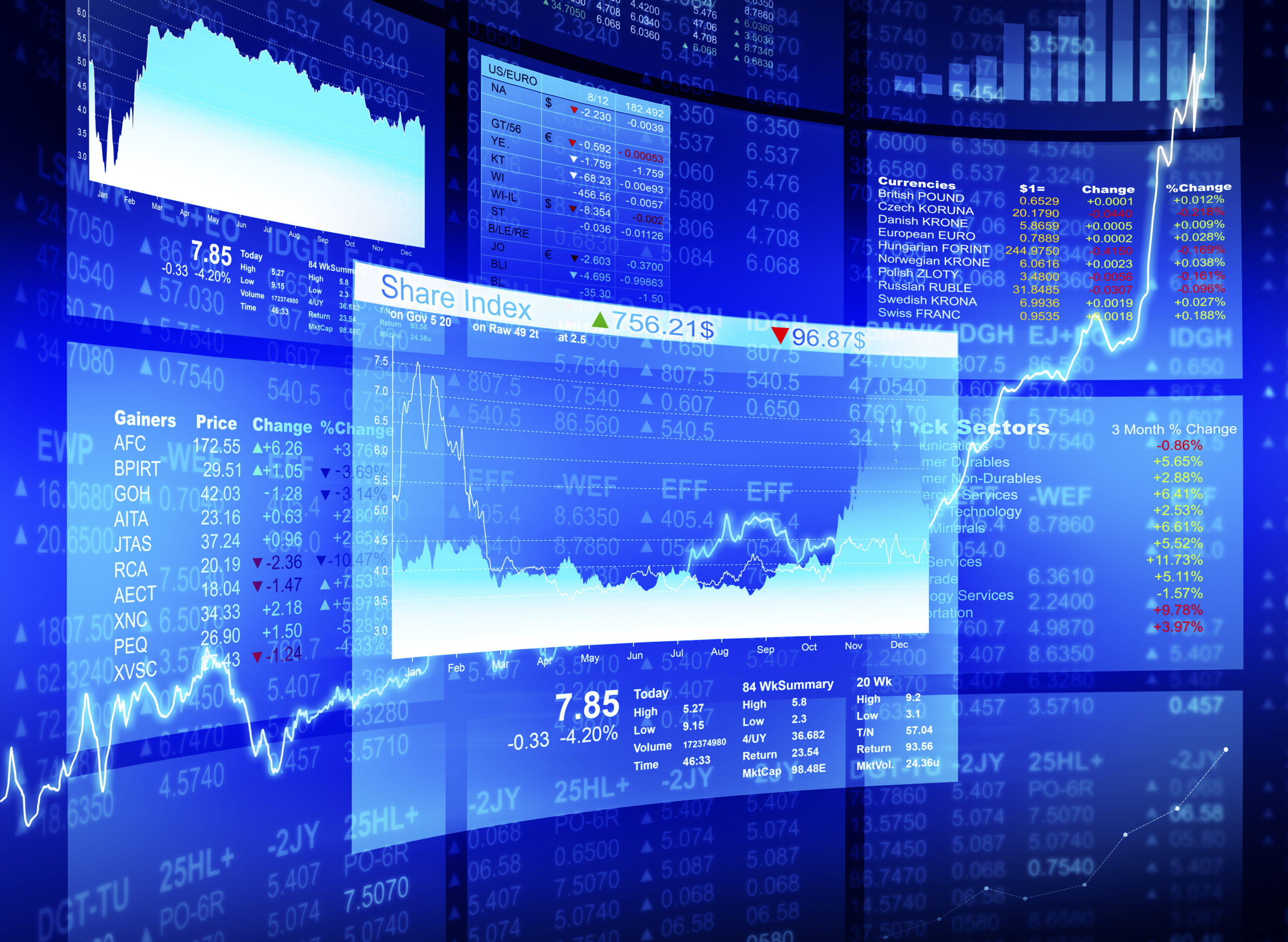
Trading isn’t just numbers and charts — it’s a test of patience and emotional control. Many beginners fail not because of bad strategies, but because of impulsive decisions, fear, and greed. Successful traders follow plans, keep trading journals, and accept losses as part of the journey. Staying objective and managing stress are key to long-term growth.
Not all brokers are created equal. A reliable broker is transparent, regulated, and provides tools that suit your trading style. Consider whether the platform offers a demo account, what leverage and spreads are provided, and the quality of their customer support.
Ensure the broker is regulated by a recognized financial authority (such as the FCA, ASIC, or CySEC) to guarantee safe trading practices and compliance with industry standards.

A solid trading platform (such as MetaTrader or cTrader) is essential for smooth execution of trades, access to tools, and an intuitive user interface.

Choose a broker that offers responsive customer support through various channels — live chat, email, and phone — to assist with any issues or inquiries.
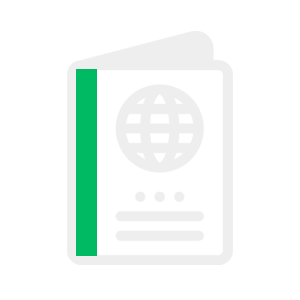
A good broker offers educational materials, tutorials, and webinars to help both beginners and experienced traders improve their skills and strategies.

Always be aware of the broker’s fee structure. Look for transparent spreads and commissions, as well as clear information on any hidden fees that might affect your profitability.
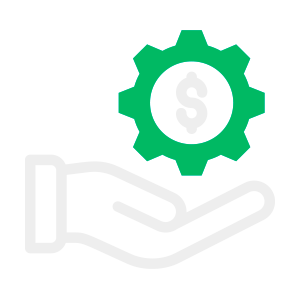
Brokers should offer flexible leverage options to accommodate your trading style. Be sure to understand the risks involved with higher leverage, as it can amplify both profits and losses.
Boston Group Ltd Company
Registration no: 2025-00256
Registered Address: #10 Manoel Street, Castries, Saint Lucia
Call Help Center
+41225057075
support@investirpourtonavenir.com